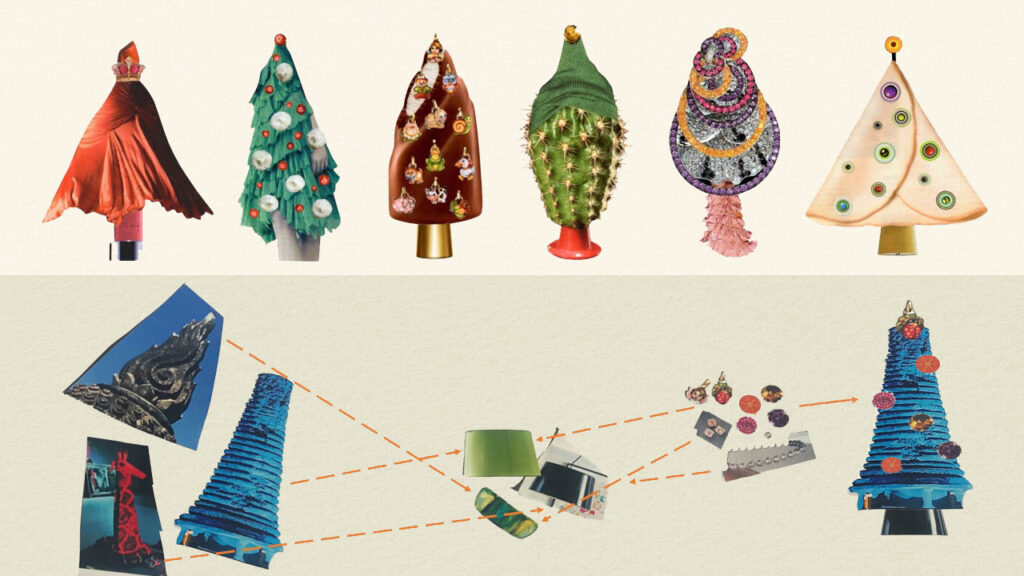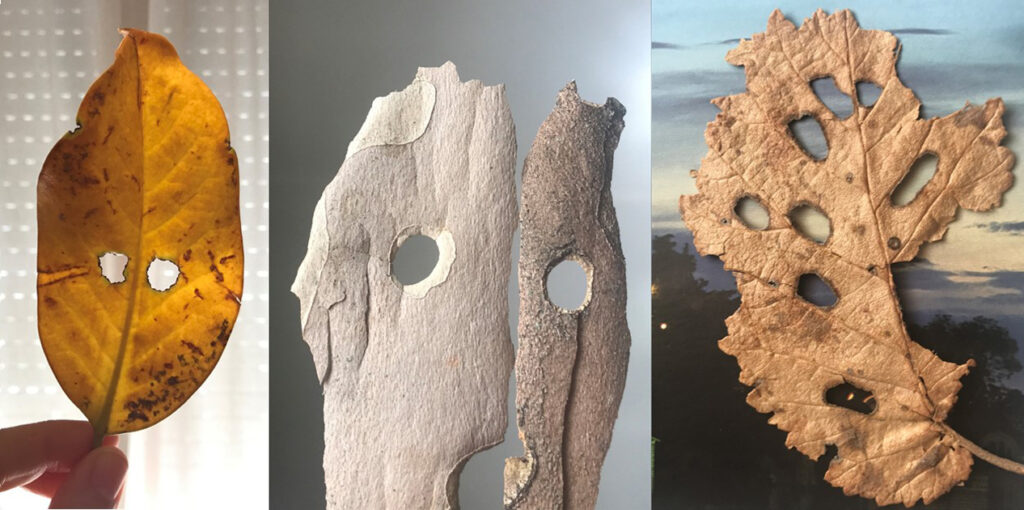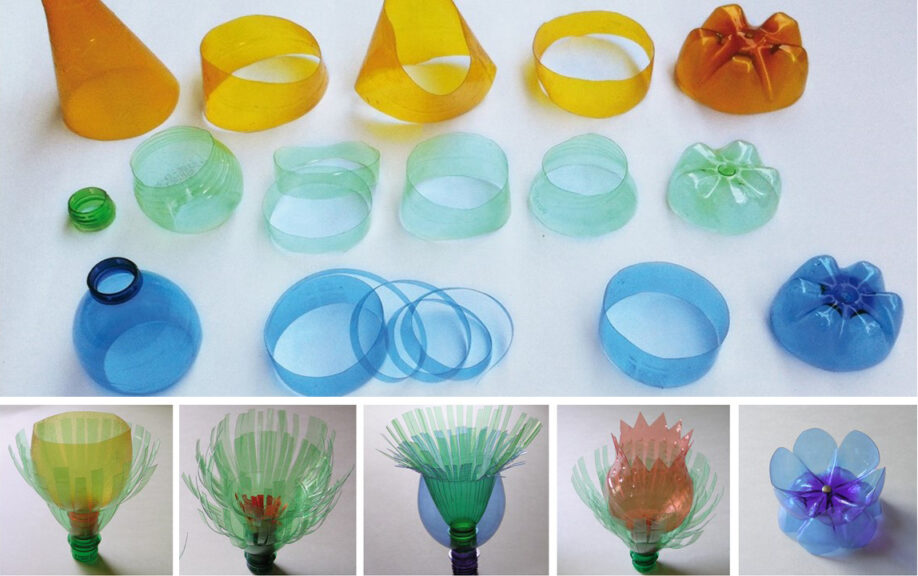Who am I? Why am I here? These have always been the great questions of humanity, investigated by philosophical, psychological and spiritual thinking. They are also fundamental questions in our lives.
I invite you to start this never-ending research from something very concrete, observing how the unique essence and vocation of every human being can express itself through the creative process or even playing with any material.

I am going to share my personal experience as a concrete example.
The first “clue” comes from one of my favorite playing when I was a child. Please notice that it was not any playing, but the one I was so involved and immersed in that I could play for hours. You can probably recall such intense memory as well.
In short, I liked to cut figures from magazines, put them in a bag and then take out one at a time, making each one “tell its story”. Figures started to talk to each other and a story naturally took shape.

At this point, there is an interesting question: why just that game? Why did I enjoy it ? And what did I exactly liked so much?
In my case, what I liked most was the moment when the unexpected figure entered the scene, that is when the previous balance of relationships between the figures broke and had to be reconstructed for integrating the new element.
Now let’s time jump and observe some of my recent works: collage Christmas trees for greeting cards. The technique and the materials are similar, however, here there is a product with a precise purpose that seems very far from the previous playing.

I ask myself the same question again: what did attract me? What I liked best?
I would say the composing process of the collage trees, through the combination of three different groups of figures (main body, base and decorations), while the finished product itself did no interest me so much.
In the video below, we can see another work made with paper and magazines during a group art therapy session. Here the most significant element for me was the changing connection between the figures that slided in the holes.
At this point, we can glimpse a “thread” that unites these three very different “clues”, beyond the similar materials and technique. It is a certain attraction for the combinatorial play, for the creation and the transformation of connections between a limited group of elements.
I was really impressed to realize that often, when I walk thoughtlessly, I happen to collect natural elements with holes and then move them like “windows” over textures or images.
What does all this mean, what am I looking for? Is it just a coincidence? Let’s try to give credence to whatever it is…

Once a “track” has been identified, we can use it as a “lens” to observe other occasions characterized by the same involvement and “sake of making”, even if in very different contexts. For example, what about a workshop with a completely different material, like plastic bottles?
Even here, there is a construction process of the final product by “deconstructing” the bottle into many simple shapes, which then are composed and recomposed in different ways for creating new floral-themed structures. So every time the result derives from a specific kind of connection between some elements.

Let’s go further, considering one last example of a work we can’t choose and we don’t like to do (that can often happen in rea life!). In my case, it was writing an article for a magazine specialized in education, as writing is quite hard and boring fro me.
First, I looked for a “playmate” for writing the article together, and found Laura, a very good pedagogist. Perhaps I was subconsciously trying to create a context in which my ability to create connections could express itself.
Anyhow, I invented a game with some rules and asked Laura to play: choose 5 objects that are significant from the educational point of view; choose one at a time in turn and let them “tell” their story and metaphorical meaning. While speaking about itself, each object had to connect its story to that of the previous object. We enjoyed very much this process and the final article was an adjustment of the dialogue between the objects, easy and inspiring.

I think that the relationship of this last example with the previous clues is quite evident. And I could add many other examples, but the point is clear enough by now: there is a kind of subtle thread, which can express in different contexts and ways, still remaining recognizable, adding a new aspect to a pre-existing nucleus every time.
It’s something already known that continues to evolve and amaze us.
We recognize it and rediscover it at the same time.
And of course, everyone can find their own thread, follow it and weave their own embroidery, unique in the world.

I retrospectively discovered that my favorite books also follow the same trail, and that I had already written posts on these topics, without having related them to each other (“Identity Investigations”, “Making connections is a creative process”, “Pencil-flowers and creative thinking”).
If our daimon, as Hillman calls him, can move and work with enough freedom, it will be easier for us to recognize his design, to aknowledge it and give it a good nourishment.
Only recommendation: don’t close it in a precise description, since it will continue to evolve throughout life. We could perhaps define it as the mystery of what remains recognizable through change.

